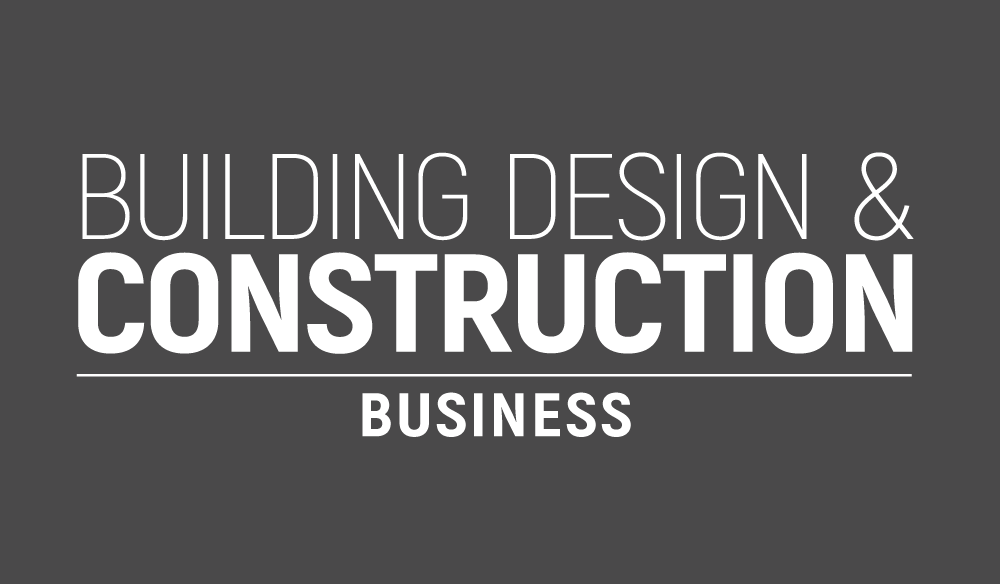Within this digital revolution we have seen banking go online and businesses turn to AI to answer phone calls. This is also relevant for the American construction industry. Technology has reshaped how projects are planned, build and delivered.
In 2025, US construction spending is projected to top $2.15 trillion – and digital tools like AI, drones and Building Information Modelling (BIM) are as key to this growth as cement mixers and cranes.
For example, drones that were once a novelty gadget and now being credited with boosting industry safety standards by 55% and improving measurement accuracy by 61%. And companies that use commercial property prospecting tools are pulling ahead of those stuck in the old ways of relying on word-of-mouth.
Industry experts predict that firms that are slow to adapt to the new high-tech world will be edged out.
Current Technological Advancements
We’re already a long way from relying on a labourer with a shovel. BIM is now the foundation of all digital build planning in America.
It’s the standard tech that underpins workflows and integrates with new tools like drones and AI analysis.
Drones themselves have become standard tools for surveys, inspections and progress tracking, while autonomous robotic excavators often move earth without an on-board operator.
AI isn’t just for call-centres and Google. It’s common in construction too.
It provides expert help with scheduling, quality control and risk management.
Competition now often hinges on how constructors use tech, not just on their craftsmanship.
How Tech Is Adapted for Construction
Traditional construction tools endure dust, bad weather, uneven terrain and work in areas that may have low connectivity. The new generation of tools must do the same.
That’s why tech like drones must be made much more rugged for construction use.
Digital systems are often operated through Cloud platforms to allow offline work anywhere. This allows robotic systems to operator, for example, autonomous bulldozers and tractors.
Amongst this heavy-duty tech, it’s data that is the vital fuel. Information from sensors, AI and BIM systems feed into platforms that optimize the use of materials and construction timetables.
Companies also use data to improve their bidding processes, reduce waste and improve safety. That’s why, in recent one survey, 95% of large US contractors admitted to now using at least one digital tool.
Trending Tech Driving Results
AI-powered safety is the latest use of construction tech. It involves a system of live feeds that flag hazards instantly.
Advanced companies are also using augmented reality systems to overlay blueprints onto live views. It is claimed this results in a 25% fall in reworking projects.
Many excavating operations are using robotics too. The machines themselves are fitted with autonomous systems to operate with no human on board at all hours even in the harshest conditions.
As these uses of AI and automation grow, sustainability remains another target. Digital tools can model a constructor’s energy use and guide a more eco-friendly sourcing of materials.
Tech like this is providing faster builds, safer sites and better margins.
Embracing the Digital Age for Growth
So, in 2025, going digital is key for companies whose clients require speed, safety and precision.
That’s why AI investment is surging in the construction world – it is forecast to grow from $4.9 billion in 2025 to $22.7 billion by 2032.
In this multi-trillion-dollar market, digital-first firms are increasingly expected to win more work – and build better long-term businesses.
Conclusion – Building the Future
Like much of the commercial world, the US construction sector has been transforming fast. Unlike other industries, digital advancements are not replacing talent and hard work and is instead a set of tools to empower it.
The tech in this age is being used to boost speed, safety and profitability. Companies that are using these technologies are gaining ground thanks to the lowering of costs, faster deliveries and much happier clients.
The digital revolution when it comes to construction businesses is underway and the future is likely to be built by those who best embrace the change.





